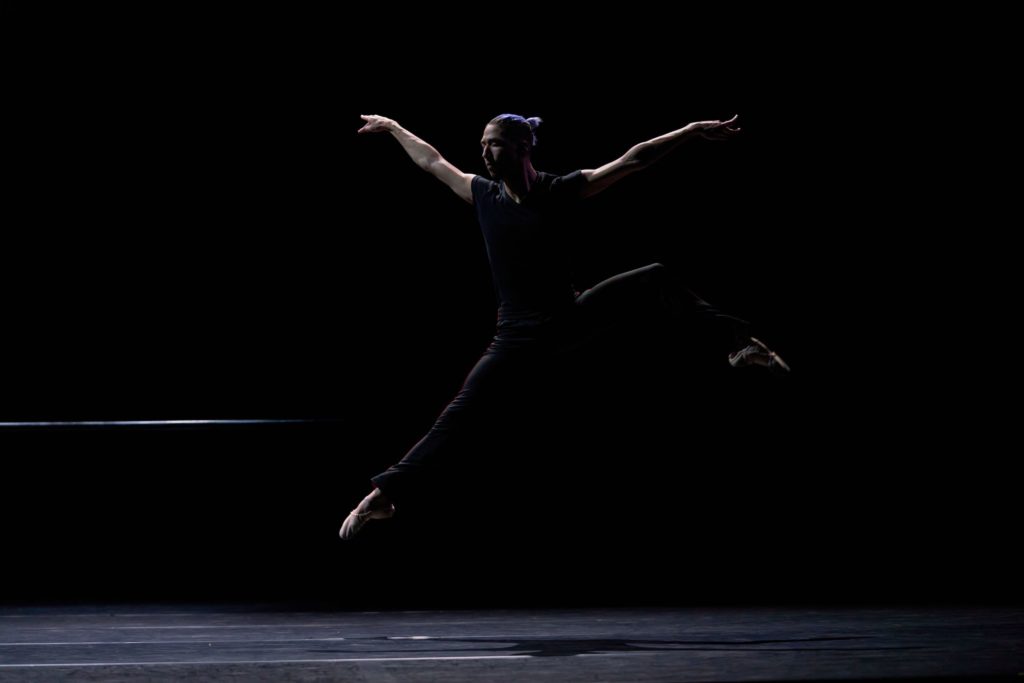Contemporary dance is everywhere these days and has only been getting more popular since its early development in the mid-20th century. But what exactly is contemporary dance?
Here’s a quick overview.
Tradition Meets Innovation
Contemporary dance was born in a time when a lot of new music was flooding America, most dominantly jazz and blues, and with this new music came new dances, like the Charleston and the Lindy Hop. Choreographers took notice and began fusing the intense and highly stylized legwork of ballet with the more torso and arm-based moves being performed in ballrooms and on dance floors. The result was an exciting and fresh style of dance that allowed for performers to draw from the wide physical vocabulary of ballet without being restricted by its rigid forms and adherence to strict traditions. At its core, contemporary dance is a departure from tradition while still using the language and movement of tradition in its new forms. It is an evolution of dance that still carries with it the genetic memory of ballet in a more expanded DNA. There was a split in the first half of the 20th century where ballet continued to develop within the confines of its own tradition while contemporary dance branched off from that tradition and flourished into a completely different animal; related, but not the same.
Moving Forward
Once contemporary dance became a recognized medium with its own unique styles and movements, choreographers began exploring what the boundaries were in each new performance. New questions and ideas arose out of each production that further defined and expanded the meaning of the format. In some productions narrative movement was put aside in favor of more flow and abstraction. Some dancers incorporated aspects of African and Asian dance traditions. More creative freedom flowed from the departure from ballet as dancers drew inspiration from early “free” dancers like Isadora Duncan and the choreographer Merce Cunningham. Much like the jazz musicians who were developing that genre through the 20th century, contemporary dancers started improvising as a means of creating new forms of motion and expression.
Today’s World Of Dance
In a nutshell, contemporary dance draws from the traditions of the past, as well as various styles of music and motion, to create a more open and free form of expression. Incorporating a wider range of motion than ballet that allows for torso and arm motions along with freer legwork, contemporary dance reflects the diverse and eclectic music and theater traditions that it draws inspiration from. Choreographers today, for instance, can choose to tell a story entirely out of electronic dance music and a structureless, improvisational style. Or they can use elements of ballet and swing dancing for a free movement piece with no story at all.
Additionally, contemporary choreographers can dabble in elements of the space around them, such as using the floor or the structure of the room they are in to help tell their story and fuel their movement. Mackenzie Dustman, one of our contemporary instructors at CLI Studios, uses unique floorwork and breathwork in her classes. She’ll begin class with breathing or meditation exercises to help calm the mind and ground the body before diving into strong, fluid choreography that plays with transitioning from move to move while remaining connected to the floor. You can check out all of her classes on CLI Studios by visiting her choreographer page.
Even the relationship between the music and dancers can be more detached and free-associative if the artists so desire. Artists can train for contemporary dance using unique posture and breathing exercises and meditative stretching techniques as well as using more common tools like barre training.

